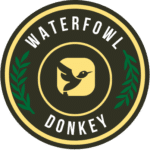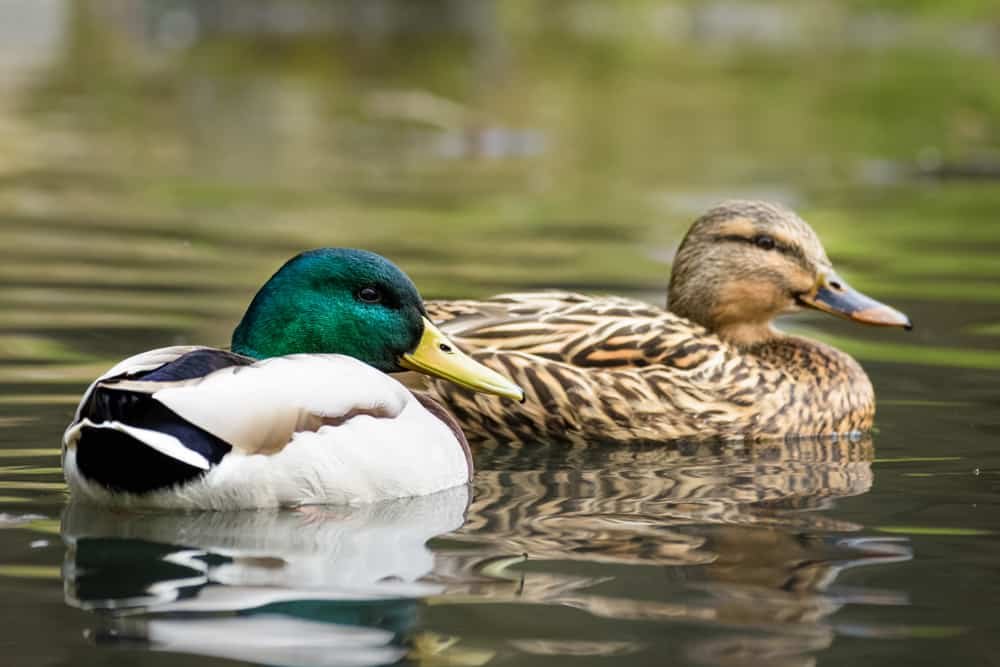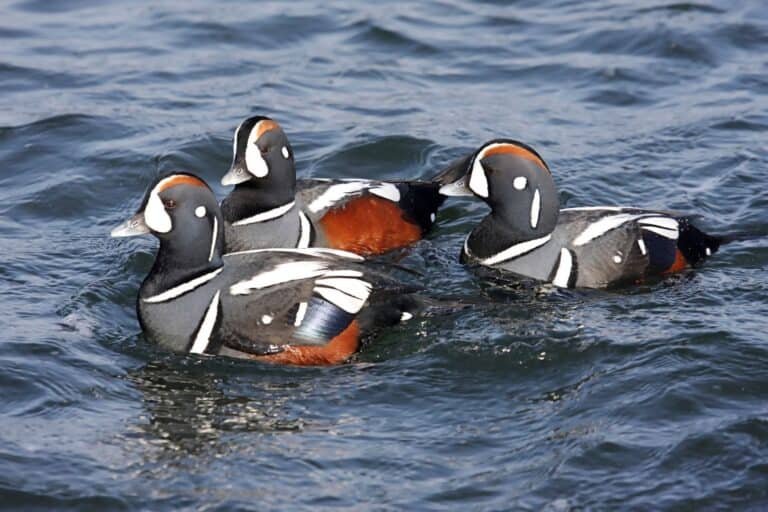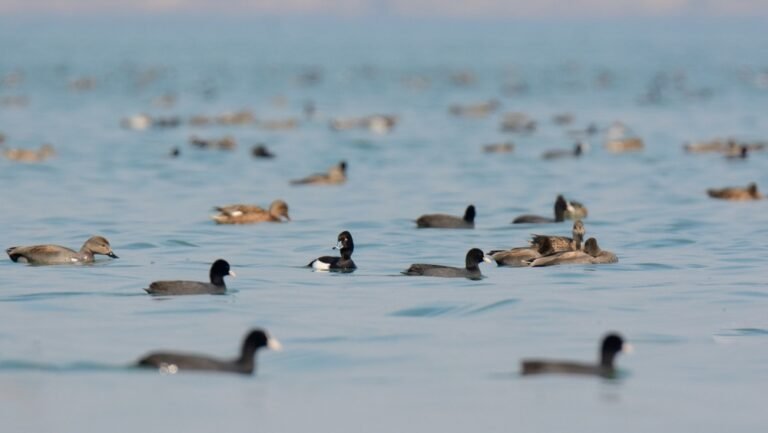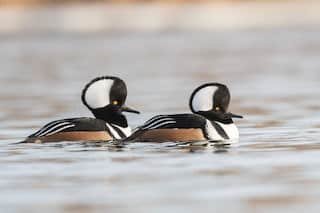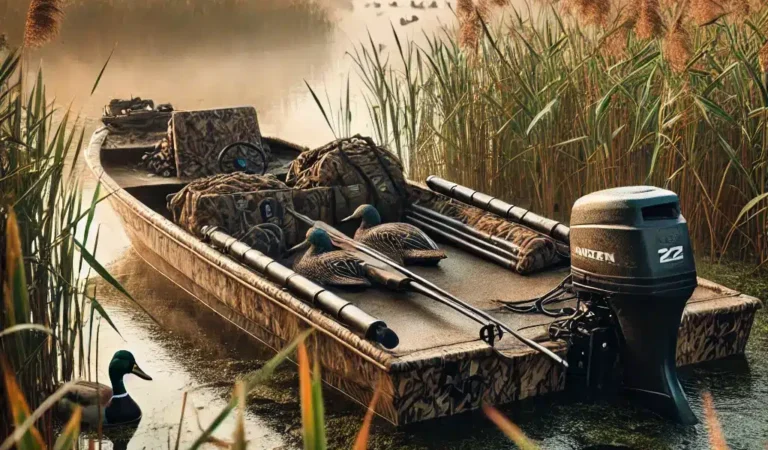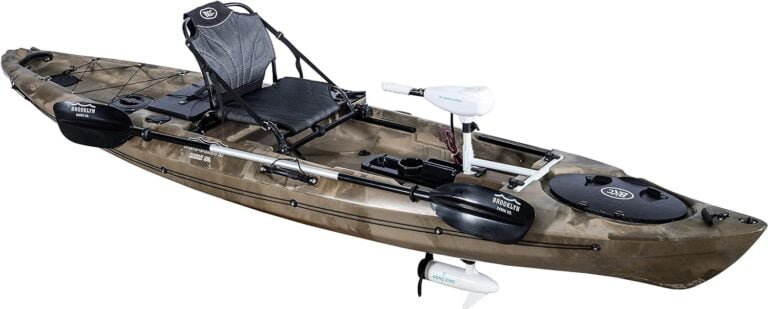The 5 Best Duck Hunting Locations in the US
The sound cuts through the pre-dawn silence – the unmistakable whistle of wings slicing through the cold morning air. As the first hints of sunrise paint the sky, thousands of ducks begin their daily journey from roost to feed. This is what duck hunters live for. Here are the 5 best duck hunting locations in the US.
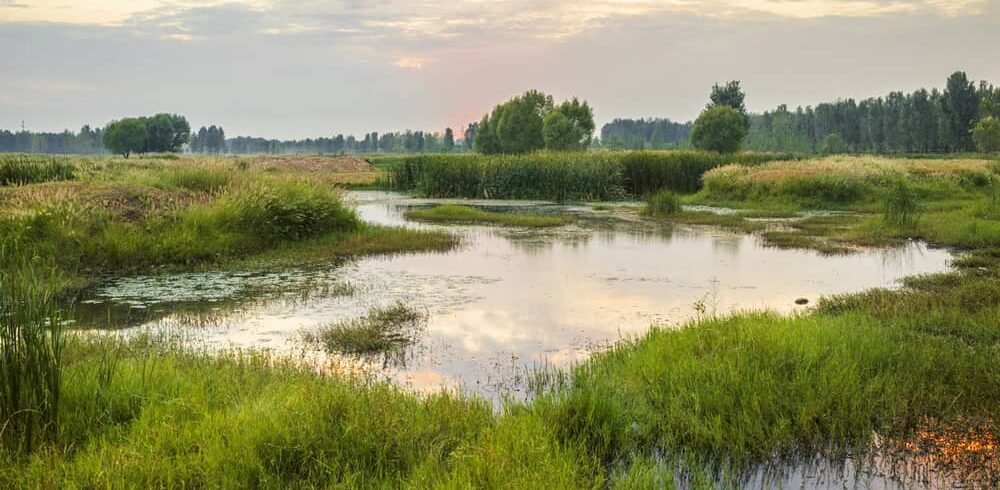
Duck hunting in America is more than just a sport – it’s a tradition woven into the fabric of our outdoor heritage. From the flooded timber of Arkansas to the coastal marshes of Louisiana, each region offers its unique combination of habitat, species diversity, and hunting culture.
While successful waterfowling can be found in countless locations nationwide, certain destinations have earned legendary status among serious duck hunters. These locations consistently deliver not only in terms of bird numbers but also in terms of accessibility, infrastructure, and overall hunting experience.
In this guide, we’ll explore five destinations that stand above the rest – places where geography, habitat management, and waterfowl migration patterns create exceptional hunting opportunities.
Whether you’re planning your first out-of-state duck hunting trip or looking to add another premier destination to your hunting bucket list, these locations deserve your attention.
Stuttgart, Arkansas: The Duck Capital of the World
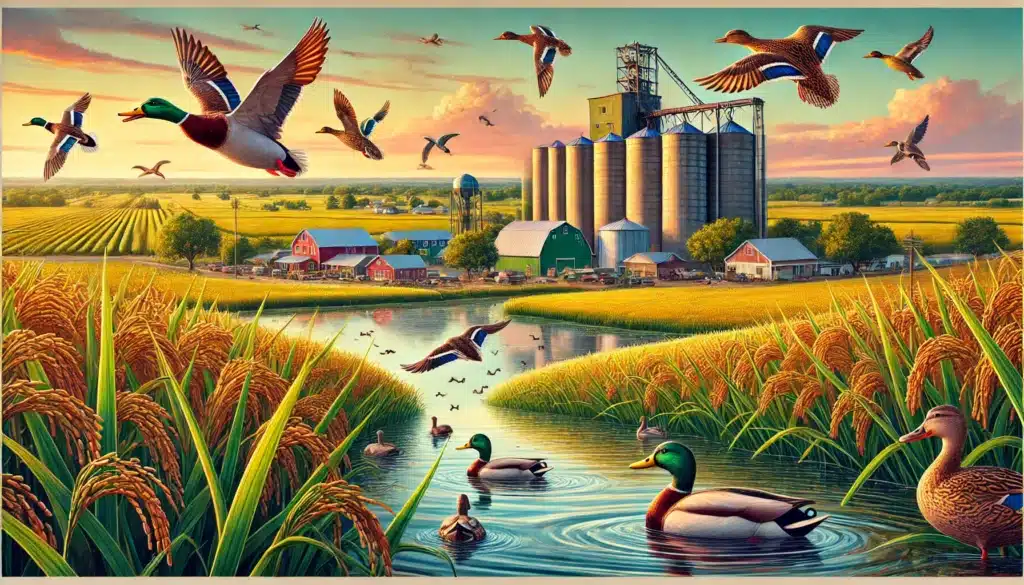
Nestled in the heart of the Mississippi Flyway, Stuttgart has earned its reputation as waterfowl hunting’s holy ground. The region’s unique combination of flooded rice fields, timber-filled bottomlands, and carefully managed water levels creates a perfect storm of duck-hunting opportunities that draws hunters from across the globe.
What Makes It Special: The secret to Stuttgart’s success lies in its agricultural heritage. After the rice harvest, local farmers flood their fields each fall, creating an irresistible buffet for migrating mallards.
These shallow-water feeding grounds are interspersed with stands of centuries-old oak timber, offering ducks both food and shelter. When winter weather pushes birds south from the upper Midwest, Stuttgart becomes a vital rest stop along their journey.
Best Time to Hunt: Peak season typically runs from mid-December through January, with the most productive hunting often coinciding with cold fronts pushing down from the north. The Stuttgart area truly comes alive during the last two weeks of December, when northern freezes push massive numbers of mallards into the region.
Local Knowledge
- Public hunting opportunities can be found at Bayou Meto Wildlife Management Area, though it requires advanced preparation and navigation skills.
- Several established guide services offer fully outfitted hunts with access to private land.
- Book accommodations well in advance, especially during the annual Wings Over the Prairie Festival in November
Equipment Considerations: The versatile nature of Stuttgart’s hunting requires preparation for both timber and field hunting. Chest waders are essential, and both duck calls and various decoys are necessary. Many hunters succeed with a mixed spread of mallard and spinning-wing decoys in flooded fields.
Great Salt Lake, Utah: A Waterfowl Paradise

While many think of duck hunting as a pursuit of the eastern and southern United States, Utah’s Great Salt Lake stands as a testament to the incredible waterfowl opportunities in the American West. This massive inland sea and its surrounding marshes and wetlands create an oasis for migrating waterfowl unmatched in the Intermountain West.
What Makes It Special: The Great Salt Lake ecosystem encompasses nearly 400,000 acres of wetlands, creating a crucial stopover point along the Pacific and Central Flyways. The unique combination of freshwater marshes, brackish water, and hypersaline environment supports an incredibly diverse waterfowl species. Here, hunters can pursue everything from puddle ducks like pintails and gadwalls to diving ducks like redheads and canvasbacks.
Best Time to Hunt: The season typically runs from early October through January, with peak migration occurring in late October through November. Early-season hunters often find success with local birds and early migrants like teal, while the heart of the season brings in larger numbers of northern birds.
Local Knowledge
- Major public hunting areas include Bear River Migratory Bird Refuge and Farmington Bay WMA.
- Airboats are commonly used to access more remote hunting locations
- Scout for birds feeding in neighboring agricultural fields and time hunts accordingly
- Pay close attention to weather patterns – strong cold fronts from the north often push new birds into the area
Equipment Considerations: The vast, open waters of the Great Salt Lake require specialized equipment. Layout boats or shore blinds are essential, and larger decoy spreads are often necessary to attract birds in the expansive environment. Weather can change rapidly, so proper clothing and safety equipment are crucial.
Chesapeake Bay, Maryland: Tradition Meets Success

The Chesapeake Bay has been a waterfowler’s paradise since Native Americans first hunted its waters. This massive estuary, stretching from Maryland to Virginia, offers a unique combination of traditional puddle duck hunting and specialized sea duck opportunities that few other locations can match.
What Makes It Special: The Bay’s extensive system of rivers, creeks, and tidal marshes creates diverse hunting opportunities. Unlike many traditional duck hunting destinations, the Chesapeake offers protected water hunting for puddle ducks and open water opportunities for sea ducks like scoters, long-tailed ducks, and eiders. This variety and the region’s rich hunting heritage spanning hundreds of years make it a bucket-list destination for serious waterfowlers.
Best Time to Hunt
- Puddle duck season peaks from mid-November through December
- Sea duck season (special permit required) typically offers the best hunting from December through January
- Resident Canada goose hunting provides early-season opportunities in September
Local Knowledge
- Public hunting areas are available through Maryland’s DNR, but competition can be fierce.
- Many historic hunting clubs offer guided hunts with access to private impoundment.
- Sea duck hunting requires specialized knowledge of the Bay’s channels and shoals
- Weather and wind direction greatly influence success – west winds typically produce better hunting on the Eastern Shore
Equipment Considerations: The Bay demands versatility in equipment selection. Traditional camo and duck calls work well for puddle duck hunting in the marshes.
Sea duck hunting requires
- Large spreads of specialized sea duck decoys
- Layout boats or bigger vessels rated for rough water
- Heavy loads and large shot sizes (#2 or larger) for tough sea ducks
- Marine safety equipment, including GPS and radio
Mississippi Delta, Louisiana: A Sportsman’s Paradise
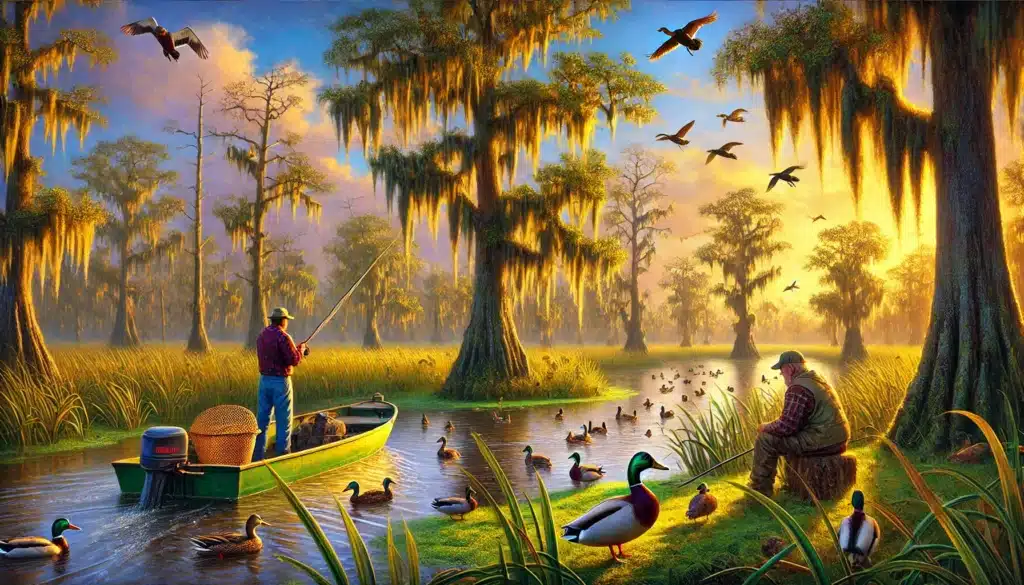
The Mississippi Delta region of Louisiana represents one of North America’s most productive waterfowl habitats, where the Mississippi River meets the Gulf of Mexico. This vast network of coastal marshes, bayous, and agricultural lands creates a duck hunting environment that’s as challenging as it is rewarding.
What Makes It Special
The Delta’s unique geography creates a perfect storm of waterfowl habitat. Fresh and saltwater marshes blend with agricultural fields and bottomland hardwoods to provide diverse feeding and roosting areas.
The region serves as a wintering ground for northern migrants and year-round habitat for resident birds. Here, hunters can encounter everything from prized greenheads to coastal favorites like mottled ducks and blue-winged teal.
Best Time to Hunt
- Early teal season in September offers fast action for blue-winged teal
- Primary season typically peaks from December through January
- Cold fronts push new birds into the region, creating premium hunting opportunities
- Some of the best hunting occurs during or immediately after winter storms
Local Knowledge
- Public hunting opportunities exist in several Wildlife Management Areas (WMAs)
- Navigation can be tricky; local knowledge or a guide is highly recommended
- Marsh conditions can change dramatically with tides and wind direction
- Watch weather patterns carefully – south winds can push tidal water out, while north winds can flood hunting areas
Equipment Considerations
- Mud boats or surface drive engines are essential for accessing shallow marsh areas.
- Focus on concealment – natural blind materials often work better than commercial blinds.
- Bring plenty of mosquito repellent, even in winter
- Mixed decoy spreads work best, including both puddle duck and diver decoys
Central Valley, California: The Pacific’s Crown Jewel
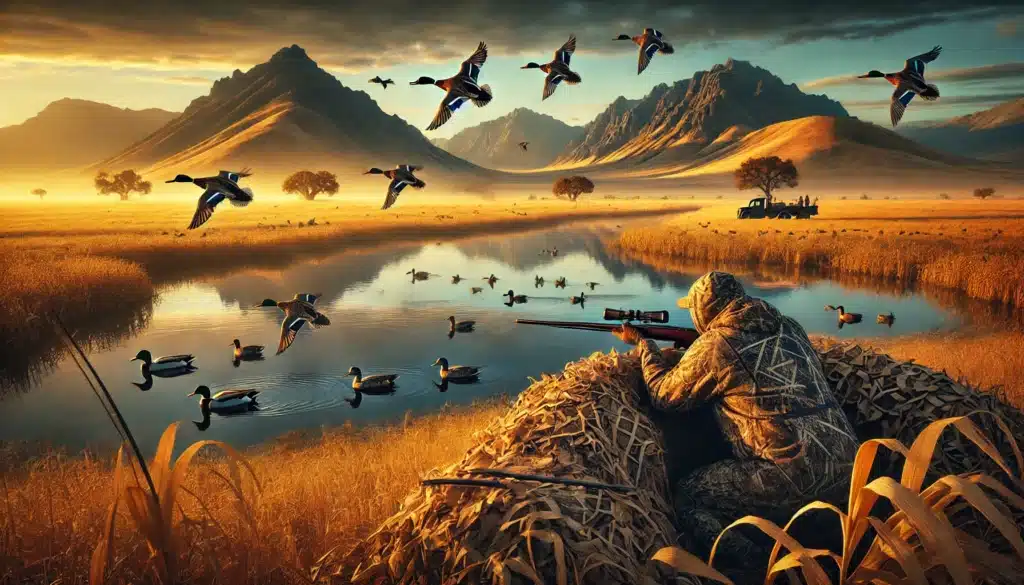
Once a vast network of wetlands and riparian habitat, California’s Central Valley has been transformed by agriculture but remains one of North America’s most critical waterfowl wintering grounds.
This 400-mile-long valley hosts roughly 60% of the Pacific Flyway’s waterfowl population during peak migration, creating world-class hunting opportunities in a uniquely managed landscape.
What Makes It Special: The combination of flooded rice fields, managed wetlands, and wildlife refuges creates a mosaic of habitat that attracts millions of waterfowl each winter.
The Valley’s Mediterranean climate provides reliable hunting conditions while careful water management and conservation efforts maintain crucial habitats. Hunters can pursue diverse species, from pintails and widgeon to specklebellies and snow geese.
Best Time to Hunt
- Season typically runs from late October through January
- Peak migration occurs mid-November through December
- Some of the best hunting happens during the region’s famous “tule fog” events
- Afternoon shoots can be exceptional as birds return to roost
Local Knowledge
- State and federal refuges operate on a reservation system or lottery draw
- Private duck clubs and guide services provide access to premium habitat
- Understanding the “rice cycle” is crucial for success in agricultural areas
- Scout for birds feeding in harvested rice fields and plan accordingly
Equipment Considerations
- Layout blinds and field decoys are essential for agricultural field hunting
- Natural vegetation blinds work well in managed wetlands
- Light loads work fine for most hunting situations
- Weather-appropriate gear should focus on layering, as temperatures can vary dramatically
Conservation Note: The Central Valley’s waterfowl abundance is a testament to successful partnerships between agriculture, conservation groups, and wildlife management agencies. Rice farmers flood their fields post-harvest, creating surrogate wetlands that benefit both birds and hunters. This collaborative approach has become a model for waterfowl conservation nationwide.
Conclusion: Planning Your Perfect Adventure
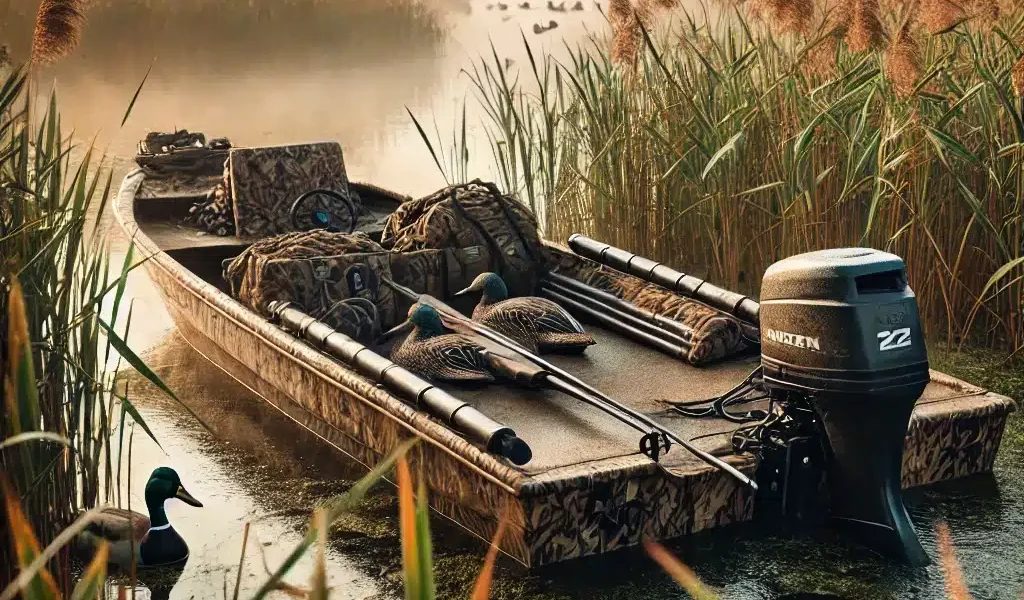
Each of these five premier duck hunting destinations offers its own unique charm and challenges, reflecting the incredible diversity of America’s waterfowl hunting heritage.
From Stuttgart’s flooded timber to the coastal marshes of Louisiana, each location represents not just a hunting spot, but a distinct culture and tradition shaped by generations of waterfowlers.
While these locations consistently rank among the nation’s best, success isn’t guaranteed. The key to a memorable hunt at any of these destinations lies in proper planning and preparation.
Timing Is Everything
Understanding peak migration patterns and local conditions can make or break your hunt. Consider booking during historically productive periods, but remain flexible enough to adjust to weather patterns and bird movements.
Do Your Homework
Each of these locations requires specific skills and equipment. Whether learning to navigate the Louisiana marsh, understanding Great Salt Lake access points, or mastering timber calling in Stuttgart, invest time in research and preparation before your trip.
Conservation Matters
These legendary hunting grounds didn’t achieve their status by accident. Years of careful habitat management, conservation efforts, and collaboration between landowners, hunters, and wildlife agencies maintain these crucial waterfowl habitats. Consider supporting local conservation organizations in areas you plan to hunt.
Remember that while these five locations stand out, they’re not the only places to find exceptional duck hunting in America. Often, the “best” spot is where you can regularly learn the habitat, observe wildlife, and develop your skills as a waterfowler.
Whether planning your first out-of-state adventure or adding another destination to your waterfowl hunting resume, these locations offer some of the finest opportunities in North America to create lasting memories in pursuit of ducks and geese.
